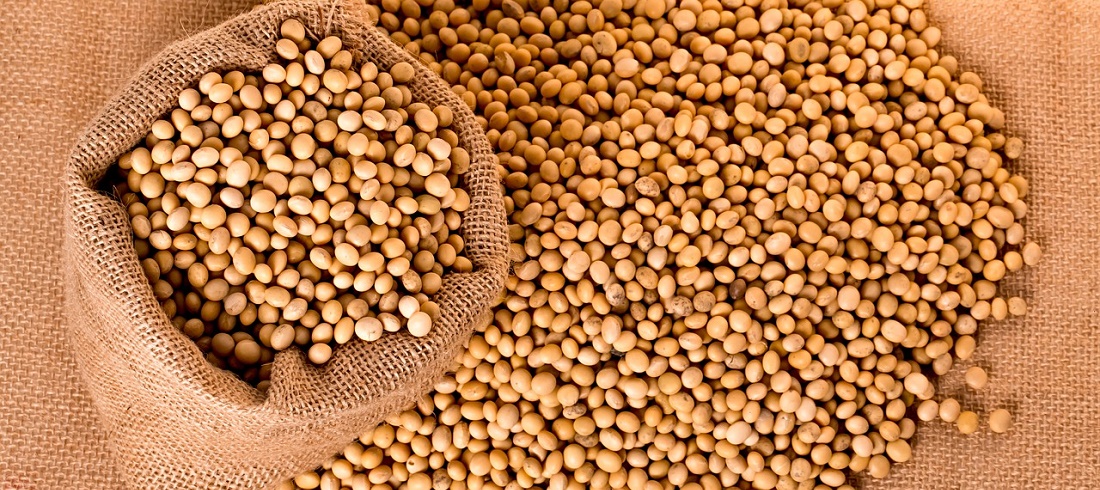
Brazilian soybeans face low protein content
Jul, 22, 2019 Posted by datamarnewsWeek 201930
Protein content in Brazilian soybeans fell in 2019 for the first time after four harvests, according to preliminary government data.
The decline in protein levels in Brazil, the world’s largest soybean supplier, causes problems for exporters facing the possibility of cancellations, discounted grain sales, or tougher contracts that demand soy quality assurances such as China.
The protein content in the 2018 soybean crop in Brazil, harvested in January of that year, fell from 37.14% in the previous harvest to 36.83%, according to preliminary results of the Embrapa study.
The data will be adjusted until September when Embrapa’s final soybean quality report will be finalized.
Embrapa stated that annual variations in soybean protein content in Brazil are not statistically significant, and indicate that levels of this grain component remained stable.
Despite this, Cesar Borges, chief executive of food processor board Caramuru Alimentos SA, said in an interview that the company had to refuse a possible sale to China last week because it could not guarantee the minimum levels of protein required by the Chinese importer.
China, which imports soybeans for use in feed, has been increasingly dependent on Brazil for soybeans since last year when it applied retaliatory tariffs on US soybeans in response to US tariffs on Chinese products.
However, Beijing’s global soybean import needs are dwindling as an outbreak of African Swine Flu has killed millions of pigs, which means the country may be more selective in its purchases.
China is also importing soy from Argentina, albeit in smaller quantities.
China currently buys about 80% of Brazil’s soybean exports. If Embrapa’s numbers are confirmed, Brazilian soybeans still have a protein content higher than the average of 34.2% of US soybeans in 2018, according to the US soybean quality report compiled by industry groups. But US protein levels have improved slightly compared to 2017, while protein levels in Brazil appear to be moving in the opposite direction.
The following DataLiner graph shows Brazil’s soybean export trends to China from January 2015 to May 2019:
Source: Reuters
-
Grains
May, 16, 2019
0
China’s Brazilian soybean share falls to 72.8%
-
Trade Regulations
Jul, 25, 2019
0
China approves tariff free US soybeans purchases
-
Grains
Apr, 03, 2019
0
Brazil’s soybean exports may fall by up to 24% if US-China trade war ends
-
Grains
May, 07, 2019
0
Brazil’s soybean export revenues expected to fall by US$8.7bn


